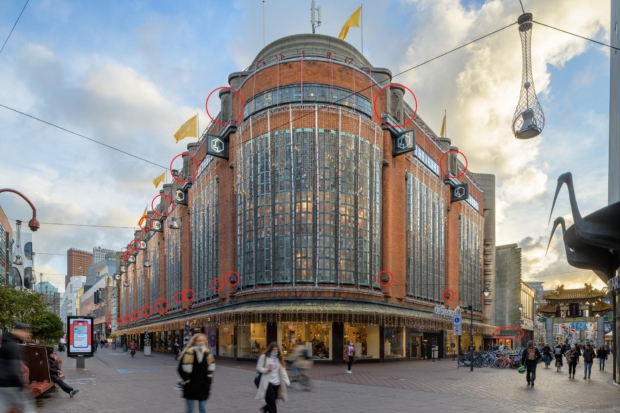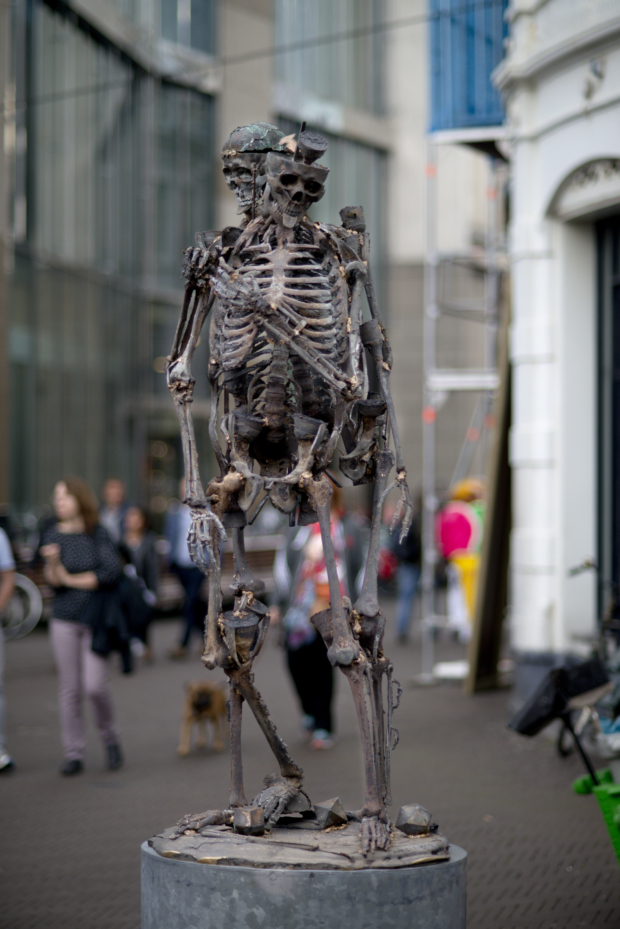City Center Stroll
Start: Lange Vijverberg, diagonally opposite the Gevangenpoort
End: Lange Voorhout
Time: 1,5 hour walk
Intro
With more than 550 works of art, the city of The Hague is actually one big open-air museum. All the sculptures are on the street. Accessible day and night and free of charge for everyone. On the website Buitenkunst Den Haag ( bkdh.nl) you can find background information about each of these sculptures. Never before noticed that there is so much art to be seen in public spaces in the Hague? By way of introduction a walk along some twenty sculptures that together show the wealth of the collection Buitenkunst Den Haag. In approximately 1.5 hours, you will walk past the most diverse works of art in the city centre. Some of them are probably familiar, time to get to know the others!
How does it work?
We have mapped out the entire route for you, marked the works of art and added a very brief explanation of each sculpture. Would you like to know more about an artwork on the route? Via Read more ... you will find more background information on the website bkdh.nl.
The start of City Center Stroll. is on Lange Vijverberg next to the Hofvijver, diagonally opposite the Gevangenpoort, and the walking route is counter-clockwise. You can join at any time, but for the best view of the images, it is useful to follow the numbers.
The walk takes you past 18 works of art. Please note: there are more than 170 sculptures in the centre alone. So you will pass many more while walking. Would you like to know more about them? Then check out the website bkdh.nl.


















